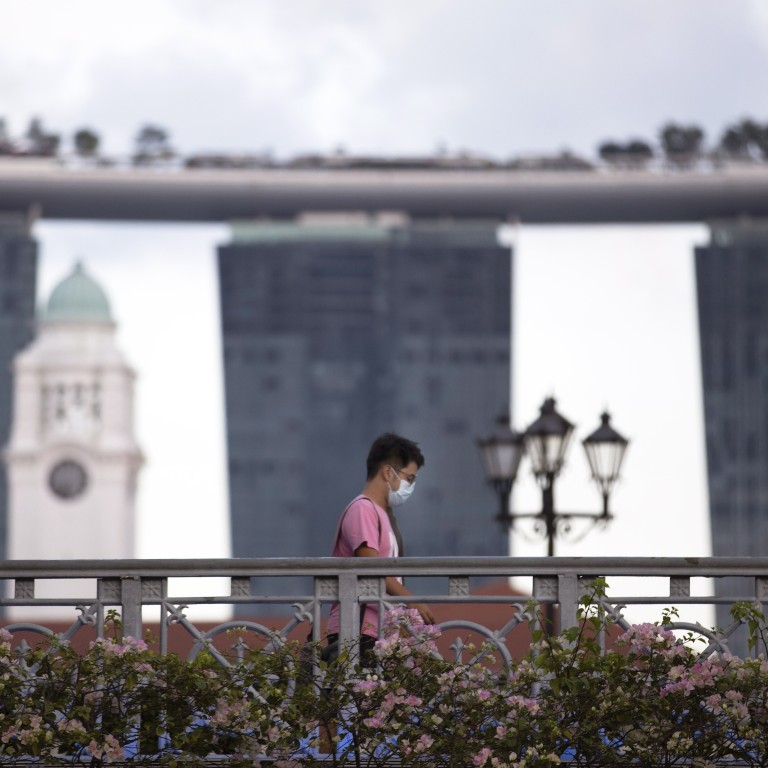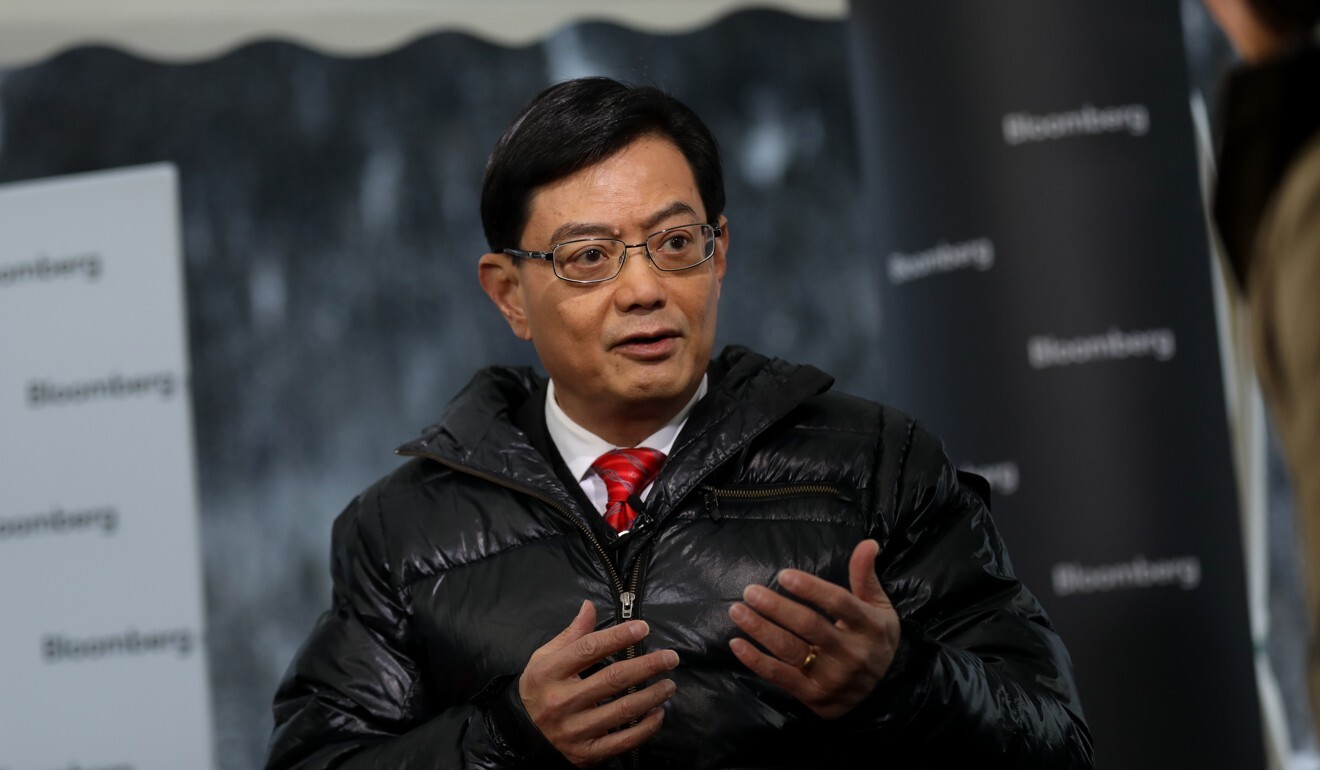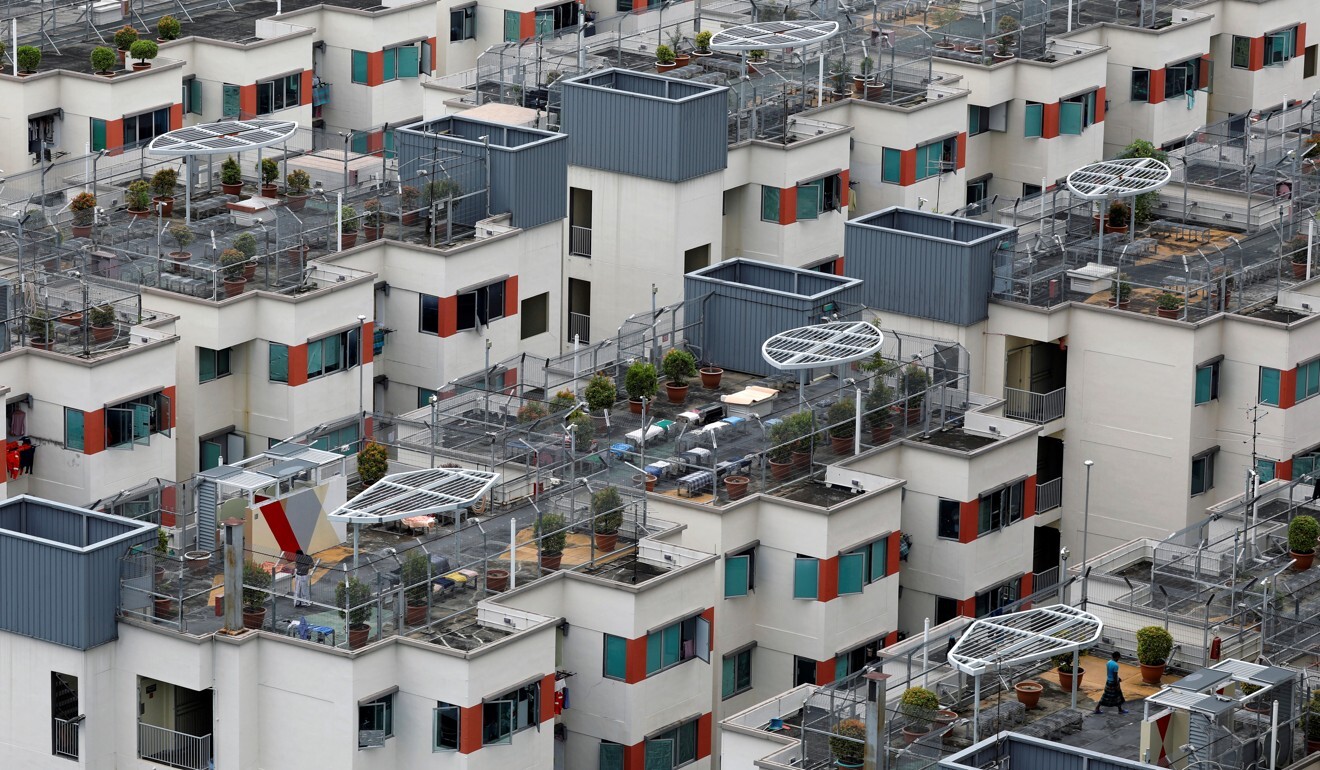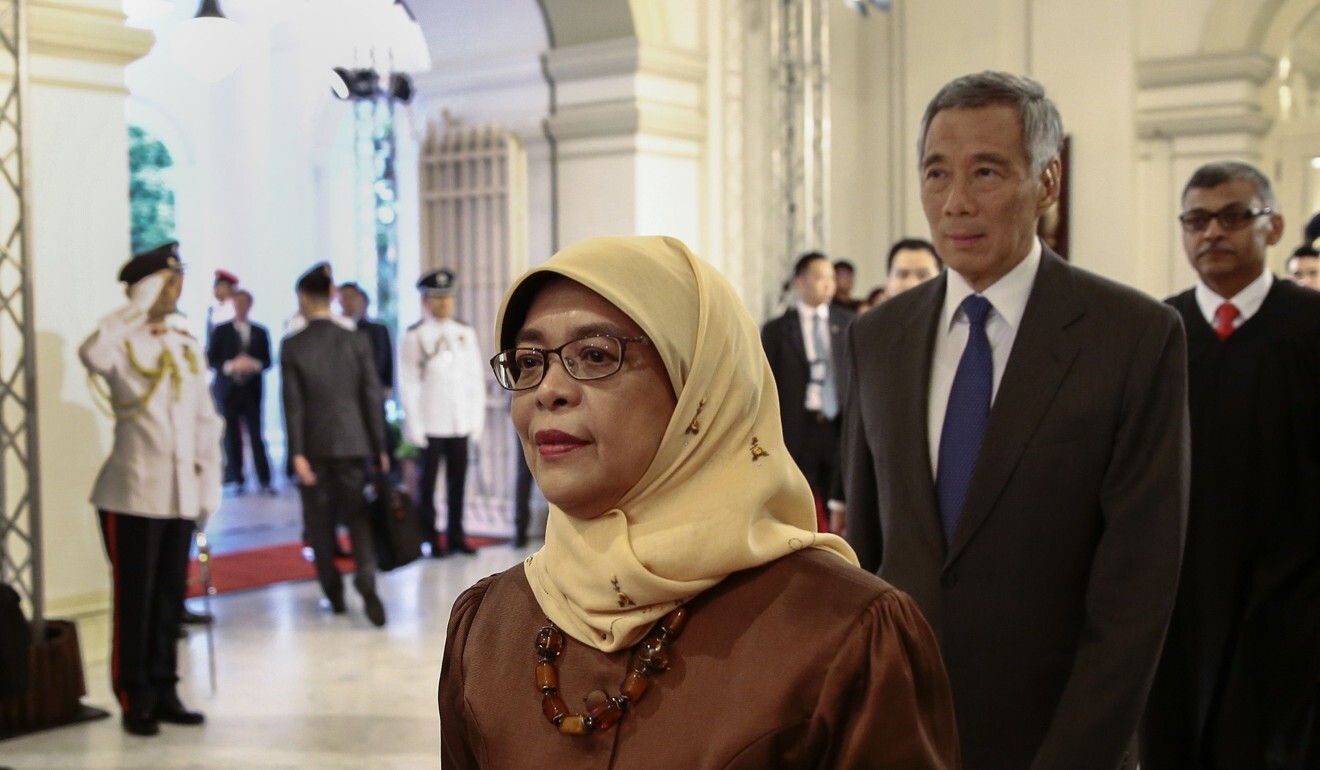
Coronavirus: Singapore unveils US$3.6 billion third stimulus package for battered economy
- Coupled with two earlier packages, the city state will devote a total of US$42 billion to the virus fight, using US$14.6 billion of its reserves
- News come as the country prepares to shut non-essential businesses and schools for a month
The total drawdown from the national reserves amounts to S$21 billion (US$14.5 billion).
The biggest of the new measures was a hike in a job support scheme first unveiled in the February budget and enhanced in March. With Monday’s boost, the government will now offset up to 75 per cent of the first S$4,600 of all local workers’ monthly wages for the month of April.
In the last stimulus round, the government approved a nine-month offset of 25 per cent of wages for most workers up to the S$4,600 amount, with only some hard-hit firms able to enjoy up to 50 or 75 per cent co-funding.

He had previously termed the February measures the “Unity Budget” and the March measures the “Resilience Budget”.
“We must expect our overall GDP to take a further hit. But we must take these hard decisions, make the difficult adjustments, and do all that we can in the next few months to protect the lives of our people,” Heng said.
Heng – who is deputy prime minister and the presumptive successor to Lee – added that the fresh measures would help workers keep their jobs and enable businesses to resume operations quickly after the pandemic subsides.
Other measures unveiled included a one-month waiver of foreign worker levies and a one-off handout of S$600 for all adult Singaporeans. Previously announced measures to help self-employed Singaporeans were also broadened – with 100,000 people expected to benefit from a total cash payout of S$9,000 over nine months.
Singapore reports 120 new cases, locks down two foreign worker dorms
Lee said in a televised address on Friday that the tightened measures were aimed at “pre-empting escalating infections”. The government has refrained from calling the measures a “lockdown” of any sort, even though they mirror the partial lockdowns imposed by countries around the world.
Despite the toughened measures officials have also said the city state is some way from having its Disease Outbreak Response System Condition (Dorscon) status upgraded from orange to red – the highest alert level for a disease outbreak.

The long-ruling People’s Action Party (PAP) for decades has pushed back against political opponents who believe the government is too tight-fisted in spending returns from the reserves. Instead, the ruling party has argued that it has a responsibility to future generations not to be profligate in its use of past reserves.
Heng, in announcing the bumper supplementary budget in March, described the measures as a “landmark package” and a “necessary response to a unique situation”.
The total size of Singapore’s reserves is a state secret, but most analysts estimate it is well above S$1 trillion.

“The second package, named Resilience Budget, originally had my in-principle support to draw S$17 billion of past reserves. I have given my in-principle support for the government to draw a further S$4 billion of past reserves to fund part of the Solidarity Budget,” she said.
Analysts said the short time between the second round of measures and Monday’s fresh stimulus showed the government’s sense of urgency in dealing with the economic fallout of the crisis.
“This is a much needed steroid shot but maybe pales a bit in comparison to the [March stimulus] in terms of scale and magnitude and is more of an enhancement of the initiatives announced in the earlier budget,” said OCBC economist Selina Ling. Further measures could be on the cards if the situation worsens, according to Ling.
“Nobody knows if the one-month circuit breaker is sufficient. But Heng has reiterated again that he is willing to do more if need be so more supplementary budgets may not be off the table,” she said. “But the worry is if the marginal impact of extra budgets may suffer from the law of diminishing marginal returns.”

